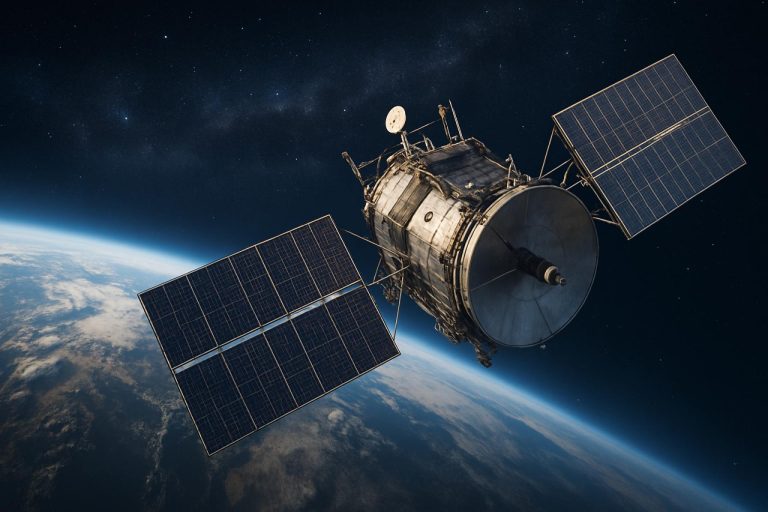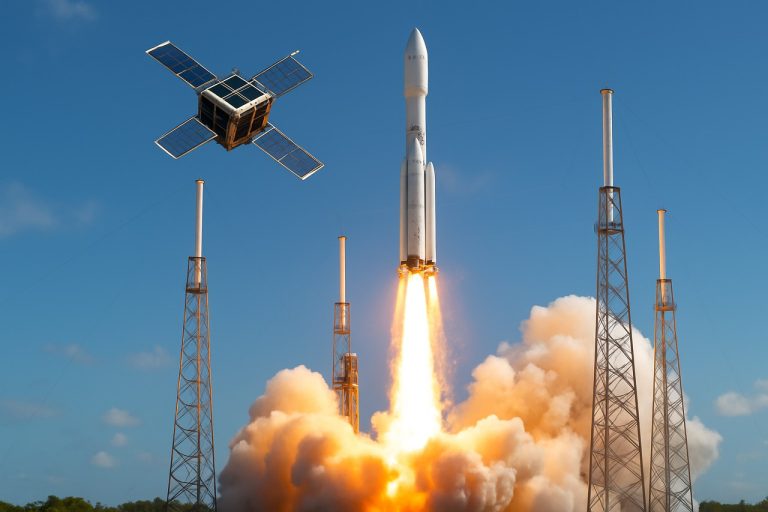- Washington state faces a $156 million funding blockade for solar energy initiatives due to federal actions.
- Funding was part of the Solar for All program, aimed at providing solar access to over 900,000 households nationally.
- The Trump administration’s freeze on clean energy grants has halted significant state solar projects.
- Washington state recently withdrew only $110,000 from the affected Solar for All account.
- Former Governor Jay Inslee viewed the initial funding as a pivotal opportunity for solar energy leadership.
- Uncertainty looms for low-income families hoping for solar energy solutions amidst the funding freeze.
- Renewable energy investment remains crucial for both environmental sustainability and community development.
In a surprising turn of events, Washington state has found itself locked out of $156 million in crucial federal funding aimed at enhancing solar energy access for low-income communities. This roadblock comes as the Trump administration halts clean energy grants, affecting a broader initiative designed to support over 900,000 households nationwide.
Last April, the Environmental Protection Agency (EPA) celebrated a substantial allocation under the Solar for All program, part of a transformative $7 billion funding package. However, with Trump’s immediate pause on green initiatives on his first day in office, Washington’s ambitious plans for free solar panel installations and community solar projects have been put on ice, as an agency spokesperson lamented the situation’s fluidity.
Despite an urgent plea from a group of U.S. senators to lift the funding freeze, last week’s developments left Commerce unable to access its grant management systems. Just recently, Washington withdrew $110,000 from the Solar for All account, its only gain amid the anticipated $156 million windfall.
Once fully operational, these funds were set to provide solar energy solutions for qualifying families and affordable housing units. Former Governor Jay Inslee heralded the initial grant as a “game changer,” as the state has pledged to lead in solar energy innovation.
As Washington navigates this murky terrain, the future of solar energy access for thousands remains uncertain, underscoring a critical message: investing in renewable energy is vital not just for the environment, but for creating brighter futures for all communities. It’s time for leaders to reaffirm their commitment to clean energy.
Funding Freeze: How Washington State’s Solar Energy Plans Hang in the Balance
Overview of the Solar Energy Funding Situation in Washington State
In recent developments, Washington State’s efforts to secure $156 million in federal funding for solar energy projects aimed at low-income communities face major hurdles, primarily due to an abrupt funding freeze initiated by the Trump administration. This funding was part of a broader initiative intended to enhance solar energy accessibility for over 900,000 households across the nation. The state had ambitious plans to provide free solar panel installations and develop community solar projects, which are now stalled.
Features of the Solar for All Program
The Solar for All program was designed to ensure access to solar energy for underserved communities, enabling qualifying families and affordable housing units to utilize renewable energy. The $7 billion funding package allocated through the program highlighted a significant investment in solar energy infrastructure, emphasizing the potential for job creation and economic growth within these communities.
Market Trends and Insights
Despite the current funding freeze, the broader market trend indicates a growing interest in renewable energy solutions, particularly in states like Washington that are traditionally seen as leaders in environmental policies:
– Trends in Renewable Energy: According to industry reports, states across the U.S. are experiencing a surge in demand for solar energy, with investments climbing even amidst political uncertainties.
– Public Interest: Surveys show that public interest in sustainable energy solutions is reaching all-time highs, pushing state and local governments to prioritize clean energy initiatives.
Three Key Questions Regarding the Current Situation
1. What are the implications of the funding freeze for low-income communities in Washington?
The freeze significantly impacts low-income families who were set to benefit from solar energy installations, delaying access to clean and affordable energy. Without these funds, the planned outreach and assistance programs aimed at educating communities about solar technology will also be jeopardized.
2. How can Washington State recover funding for its solar projects?
Recovering the federal funding will require ongoing advocacy from state leaders and local legislators. A coalition of U.S. senators must continue pressuring the administration to lift the freeze, while also seeking alternative funding sources, such as increased state-level investments or partnerships with private entities.
3. What long-term trends could emerge if renewable energy funding remains stalled?
If federal funding continues to lag, there may be a shift in how states approach renewable energy initiatives, possibly leading to increased local and state-level funding efforts. Additionally, it could result in a more substantial reliance on private sector investments, which could reshape the accessibility of solar solutions for lower-income communities.
Limitations and Future Predictions
While the Solar for All program has immense potential, challenges related to political shifts and funding accessibility highlight significant limitations in achieving equitable solar energy access. Looking ahead, if the funding freeze is lifted and projects are allowed to proceed, Washington State could set a precedent for similarly situated states, potentially catalyzing a resurgence in clean energy advocacy.
Suggested Related Links
For additional insights into clean energy and solar initiatives, visit energy.gov for comprehensive information on national energy policies and programs.



